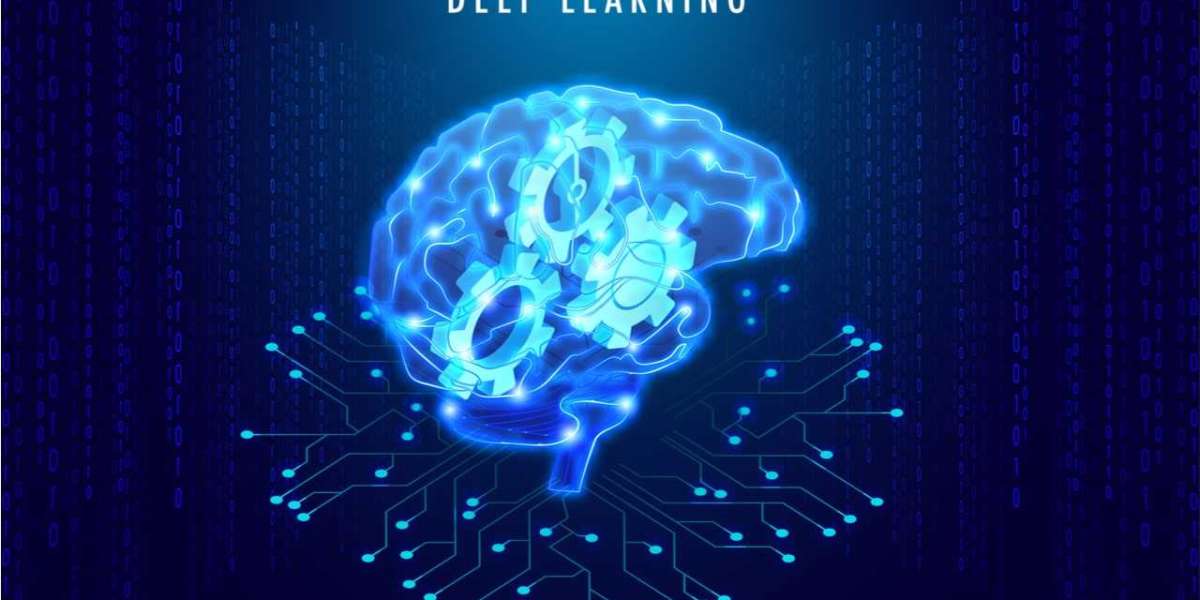Introduction
Deep learning, a subset of machine learning, mimics the way the human brain processes data, enabling machines to recognize patterns, understand speech, and even make decisions. Powered by artificial neural networks, deep learning has rapidly transformed industries, from healthcare and finance to autonomous vehicles and entertainment. In this article, we’ll explore the fundamentals, architecture, and diverse applications of deep learning, unveiling its profound impact on modern technology.
What is Deep Learning?
Deep learning is a type of machine learning that uses artificial neural networks with multiple layers — hence the term "deep." Each layer processes data progressively, extracting more complex features at each step. For example, an image recognition model may first detect edges, then shapes, and eventually entire objects. Unlike traditional algorithms, deep learning models improve through exposure to large datasets, making them highly effective for complex tasks like image classification, speech recognition, and natural language processing.
How Deep Learning Works
At the heart of deep learning are artificial neural networks designed to mimic the structure and function of the human brain. These networks consist of an input layer, hidden layers, and an output layer. Data flows through the network, undergoing mathematical transformations at each node. Each neuron processes inputs using weights and biases, which adjust during training to minimize errors. Techniques like backpropagation and gradient descent refine the model, enabling it to make accurate predictions over time.
Key Components of Deep Learning
Deep learning relies on several essential components:
Neural Networks: Comprising interconnected nodes (neurons), neural networks are the backbone of deep learning models.
Activation Functions: These functions determine whether a neuron should activate based on the input data, introducing non-linearity for complex pattern recognition.
Optimization Algorithms: Methods like stochastic gradient descent (SGD) help minimize errors by adjusting the model’s parameters.
Loss Function: This metric measures how well the model's predictions align with actual outcomes, guiding improvements.
Training Data: Large, high-quality datasets are crucial for effective deep learning performance.
Applications of Deep Learning
Deep learning’s versatility has driven its adoption across diverse sectors:
Healthcare: From diagnosing diseases to drug discovery, deep learning aids medical professionals with faster, more accurate insights.
Autonomous Vehicles: Self-driving cars rely on deep learning for object detection, path planning, and decision-making.
Natural Language Processing (NLP): Virtual assistants, chatbots, and translation services leverage deep learning to understand and generate human language.
Finance: Fraud detection, algorithmic trading, and credit scoring benefit from deep learning’s pattern recognition capabilities.
Entertainment: Content recommendation systems on platforms like Netflix and Spotify use deep learning to personalize user experiences.
Challenges and Future of Deep Learning
Despite its advancements, deep learning faces challenges such as data dependency, high computational costs, and interpretability issues. Researchers are working on techniques like transfer learning, federated learning, and model compression to address these limitations. As hardware continues to evolve and datasets expand, deep learning’s potential will only grow — paving the way for smarter AI systems, improved automation, and breakthroughs in fields yet to be explored.
Read More - https://www.marketresearchfuture.com/reports/deep-learning-market-6058
Conclusion
Deep learning stands at the forefront of technological innovation, redefining how machines perceive and interact with the world. From revolutionizing healthcare to powering autonomous systems, its influence is undeniable. As the field evolves, deep learning promises to unlock unprecedented possibilities, shaping the future of artificial intelligence and human-computer interaction alike.







